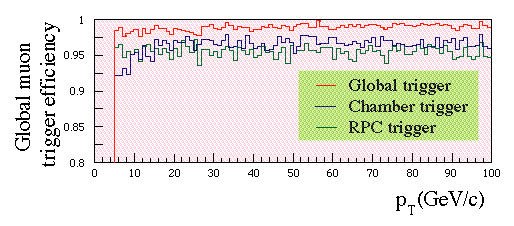
Figure 16: Preliminary trigger efficiency from Global Muon Trigger in the barrel region h < 0:8.
5.3 Global Trigger
The RPC trigger chain will produce trigger candidates with a
preference for large pT assignment while the chambers trigger
chain will try to measure the pT of every detected muon. The two
devices will produce independently their trigger candidates. At a
first glance it seems that they just create twice the same
candidate, but, even if this is true for most of the candidates,
looking deeper in the problem we see that the two triggers are
complementary.
Their complementarity is given obviously from the fact that one
system can cover the other system's inefficiencies, but also from
the fact that the two detectors react in different way to
different kinds of background. For instance single hits from
neutrons and gammas enviromental radiation disturb the RPC
trigger, but they do not affect the chambers trigger due to the
requirement of multiple hits in a module. On the other hand muon
showering does not permit a safe track reconstruction, but RPCs
will easily find a high momentum track inside the shower.
It is evident that some combination of the trigger candidates is
needed. A logic device called Global Muon Trigger [7] merges the
two triggers running an algorithm whose task is the maximization
of the trigger efficiency. The development of this device has
started and preliminary results in the barrel region are reported
in Figure 16. We see that there is an improvement of the trigger
efficiency with respect to the single trigger chains. The main
drawback to the CMS scheme is a certain amount of false muons
(~5%), but we are looking for methods to improve the rejection
performance.

Figure 16: Preliminary trigger efficiency from Global Muon
Trigger in the barrel region h <
0:8.